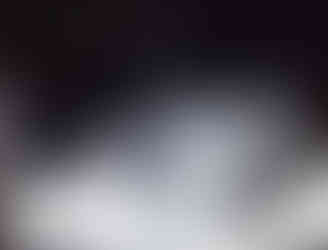Nub Theory - Girl Nub
- The Nub Techs Ltd
- Mar 4, 2020
- 2 min read
Updated: May 8, 2021
Girl Nub Explained
All babies have a nub between their legs, this is called the genital tubercle. A genital tubercle or phallic tubercle is a body of tissue present in the development of the reproductive system. This is comprised of three areas; the genital tuber, urogenital fold, and the labioscrotal fold.The fetal nub forms at the ventral, caudal region of both fetal sexes, and eventually develops into the primordial phallus. Until about 7 to 8 weeks of pregnancy both sexes will have a preliminary set of genitalia that will eventually develop to become either the male or female sex organs. This means, that both male and female genitalia start from the scene foundation. For female fetuses, the fork will split into two parts. The bottom half also known as the urogenital folds will develop into the labia minora, and the top half will develop into the clitoris and will continue to retract into its final resting place.
Can Girls Image Differently?
Absolutely. The female nub can image in many ways, and often get mistaken for boys. This is due to way their nub has been captured on the ultrasound. In order to obtain the perfect nub shot with optimal accuracy, the nub must be captured via ultrasound in a midsagittal plane. If the baby has been captured facing slightly more to the left or to the right of this, the image can "disfigure" the nub making it appear bulbous and or stacked. However, a trained nubber will be able to differentiate the female stacked nub, vs the male stacked nub. How? We do so by locating the angle. The female nub should be pointing at a caudal angle which is downwards towards the rump. It should always be less than 30 degrees to the axis of the dorsal surface. While the male nub will be pointing Upward at a cranial angle with an axis greater than 30° to the axis of the dorsal surface. The position of baby in the womb also plays a huge part in how the nub can image. Occasionally, the appearance of the female nub may appear risen and even have a slight angle. This is often seen in a baby that is laying in a very curled position. The curled babys spine prohibits the nubber from being able to accurately assess the angle of the nub in relation to the spine. This leads to the nub not being perfectly parallel when illustrated, however this angle should not exceed 30°. The nub may also appear to show an angle or stacking if the gestation of the fetus is in its very early stages i.e 10 weeks or below. It is important to note that any nub below 11 weeks are ambiguous.
Below are some examples of how differently they can image.









